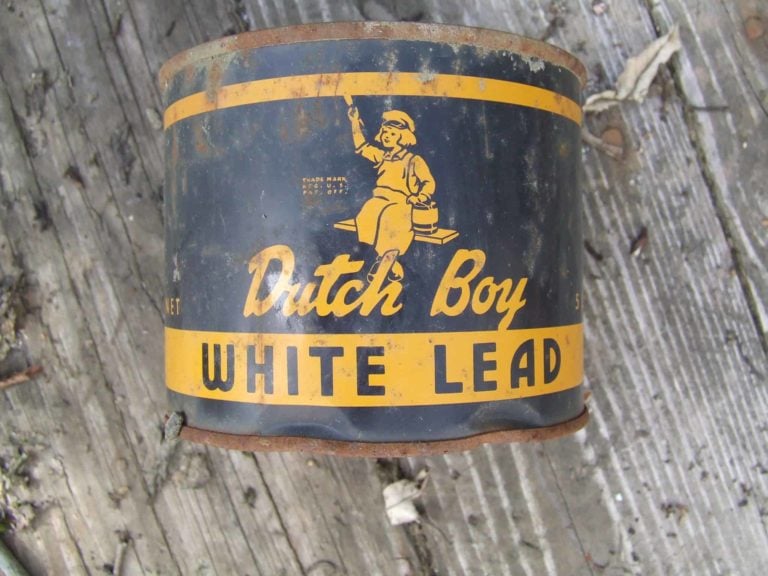Why Lead Paint was created in the first place?
Ancient Romans were the first people to use lead in their everyday lives. Lead was used as a food and wine additive, in dinnerware and paints. Pipes that transported water during the Roman Empire were made up of lead. The use of lead found its way into the modern times.
The use of lead based paint was at its peak in 1922. At the time, the health effects caused lead were unknown.
When lead-based paint was marketed before 1978, it was a legal product in great demand since it was not only durable but also washable. It was repeatedly endorsed by the U.S., state, and local governments and specified for use on government buildings until the mid-1970s. Its use peaked in 1922, and by 1940 the use of white lead pigments for interiors was on its way out.
Lead had been added to paint for centuries. Lead paint was common before the 1970s since it was durable and washable. Lead has been found to have negative implications on health in the twentieth century. However, what purpose did adding lead to paint serve?
Color
Adding certain lead compounds to a paint as a pigment created a specific color. This is one of the main reasons why lead was added in the first place. Lead (II) carbonate which is commonly referred to as white lead when added to paint turned the paint either white or cream in color while addition of lead tetroxide compounds turned the paint into a bright red paint.
Durability
Addition of heavy metal additives to paint hastens the drying of the paint. In addition, it makes the paint to be more durable and more moisture resistant. The fact that the paint could dry fast, was durable and moisture resistant made it ideal for use on metals that were exposed to reactive elements, children’s toys and the use of it in residential and commercial buildings. These are qualities companies found useful in marketing there paints and it lead to a shift where many manufacturers started adding lead to paint.
Health Effects
Exposure to lead was later found to cause numerous health problems. High levels of lead in the body could cause a coma, convulsions or even death while low levels of lead had harmful effects to the brain, nervous system, kidneys and blood cells. The most susceptible group to lead exposure and lead poisoning are infants and young children and they may suffer from mental and physical development, lower IQ levels and behavior problems.
Beginning in the 1970s, USA started phasing out the use of lead paints. The National Health and Medical Research Council in 1991 limited lead put in paint for domestic use to 0.5%. In March 1992, it was lowered to 0.25% and in 1997, it was lowered further to 0.1%. In the United States, the use of lead in paints was banned by the government in 1978.
Today in USA, the most lead exposure is from houses that were built before the 1970’s. Lead based paint was popular at the time and it was normal to use it in construction. Still even now, some Chinese toy manufacturers use lead paints. Some of the reasons they gave is that lead-based paint is cheap, highly efficient and produces a richer color when compared to other paints.
Lead Paint Removal
Omega Industries specializes in lead paint removal with a range of abrasive blasting options. The process is a high risk and cumbersome task with many legal requirements to follow. Including measuring blood lead content for every contractor before and after a project, encapsulated the areas for removal and air ventilation systems.






